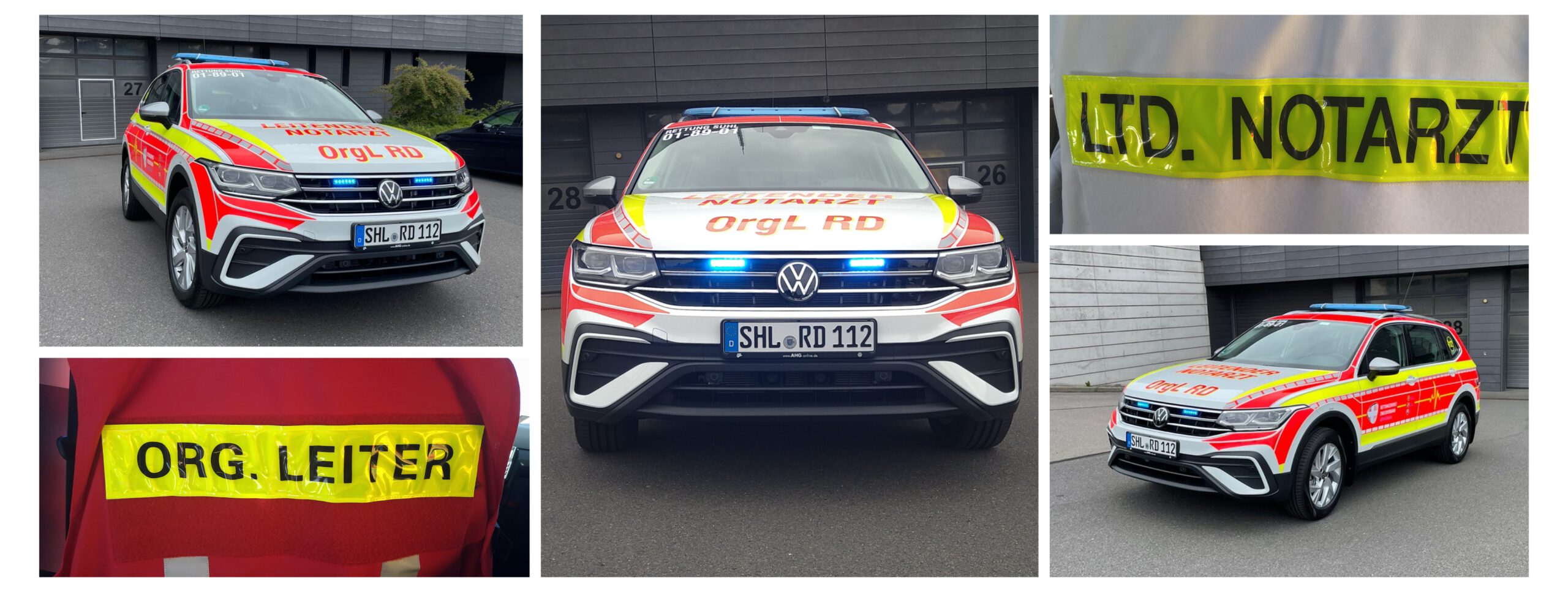Medical director of the rescue Service
The Medical Director of the Rescue Service (ÄLRD) does not have an operational but an administrative function within the rescue service in Germany. This distinguishes him from the emergency physicians and chief emergency physicians, who have a direct role in operations.
Tasks:
The medical director of the rescue service is responsible for the medical quality management as well as the overall conception of patient care and support in the rescue service. He is authorized to issue instructions for this. Since the rescue service in Germany is the responsibility of the respective federal states, the ÄLRD – if available – is defined in the state rescue service laws.
In 1994 the German Medical Association – confirmed by the “Emergency / Disaster Medicine and Sanitary System” committee in 2006 – made a demand for the institutionalization of a “Medical Director Rescue Service” on a regional and supraregional level for the efficiency of emergency medical patients and care.
Quelle: https://dewiki.de/Lexikon/%C3%84rztlicher_Leiter_Rettungsdienst
MANV
The mass casualty attack (MANV) describes a situation in which a large number of those affected have to be cared for. This can be the case, for example, in the case of railway accidents, bomb attacks, large-scale ABC operations, epidemics or plane crashes. In order to include not only injured people, but also sick people or those “only” in need of care, the abbreviation MANV is sometimes associated with mass attacks on those in need of care and assistance. In many state laws there is also the term major loss situation (also known as major accident, especially in Austria). Since there are regularly many injured people or those in need of care, the term is a synonym for mass casualties.
Quelle: https://dewiki.de/Lexikon/Massenanfall_von_Verletzten
Chief Emergency Doctor (LNA)
The chief emergency doctor (abbreviation “LNA” or “Ltd. emergency doctor”) is a medical manager in the event of major incidents and in the event of a disaster. He has to direct, coordinate and monitor all medical measures at the place of damage. In Germany he is part of the Sanitary Operations Management (SanEL).
Tasks:
* Establishing and assessing the situation from a medical point of view (assessment of the situation, type of damage, type of injuries / illnesses, number of injured / sick people, intensity / extent of damage, additional hazards, damage development, relief from predicament, necessary deployment potential, number of forces required, in particular Doctors, need for bandages, medication and medical equipment, necessary transport capacity, inpatient and outpatient treatment capacity)
* Determination of the focus and the type of medical use (sighting, medical care, transport)
* Definition of treatment and transport priorities, medical care, delegation of medical tasks, definition of means of transport and transport destinations.
Quelle: https://dewiki.de/Lexikon/Leitender_Notarzt
There are currently 15 LNAs working on a voluntary basis in the association area.
Organizational Head (OrgL)
An organizational leader (rescue service) (“OrgL”, “OrgL RD” or “OLRD” for short) is a manager in Germany in the event of major incidents and in disaster control for the rescue service and medical service. He takes on the organizational and tactical operations management for all medical personnel, e.g. B. the coordination of material and human resources of the medical and rescue service. [1] To this end, he works together with the other members of the medical operations management. Organizational leaders in the aid organizations are usually experienced emergency paramedics and paramedics with additional training and can be compared with train or association leaders. In Austria, a comparable function is called the head of the rescue service.
The tasks of the Organizational Head of Rescue Service are in the organizational-tactical area and include:
* Determination and tactical assessment of the damage situation from a medical-organizational point of view (type of damage, type of injuries / illnesses, number of people affected, intensity / extent of damage, additional risks, damage development, existing forces and units, medical equipment and devices, transport capacity),
* Establishment of the communication links between the deployment center, local command and control center,
* Assessment, determination of the location and furnishing of the treatment rooms – mostly structured patient trays, less often treatment places (if there is a lack of clinic or transport resources),
* Organization of the staging rooms,
* Management of the deployment of the medical services, cooperation with different organizations,
* Coordination of the transport of injured / sick people (transport management),
* Connection to the control center (situation reports and additional requests) and to the technical / local operations management.
To cope with these tasks, a good knowledge of the regional rescue service structures, tactical training, operational experience and leadership skills are necessary. The Organizational Head of the Rescue Service works closely with the chief emergency doctor and the fire brigade operations management or the technical and / or local operations management team.
Quelle: https://dewiki.de/Lexikon/Organisatorischer_Leiter_Rettungsdienst
There are currently 13 OrgL working on a voluntary basis in the association area.

